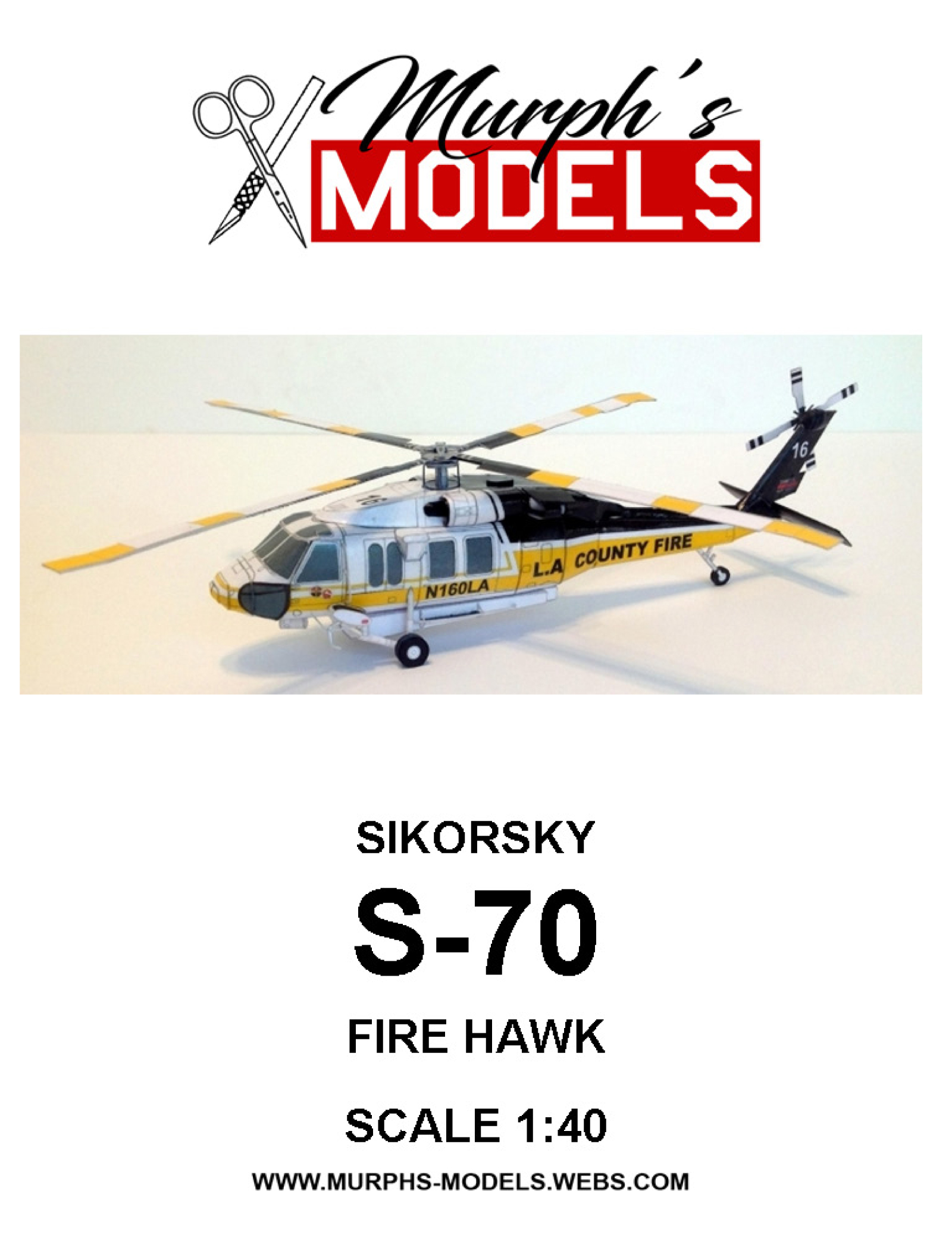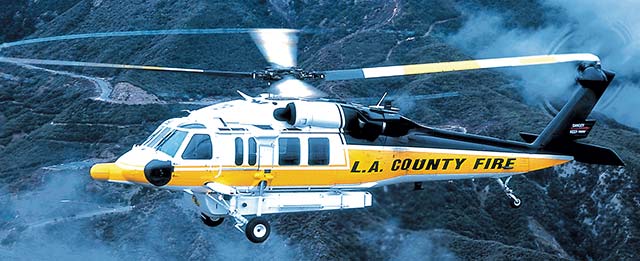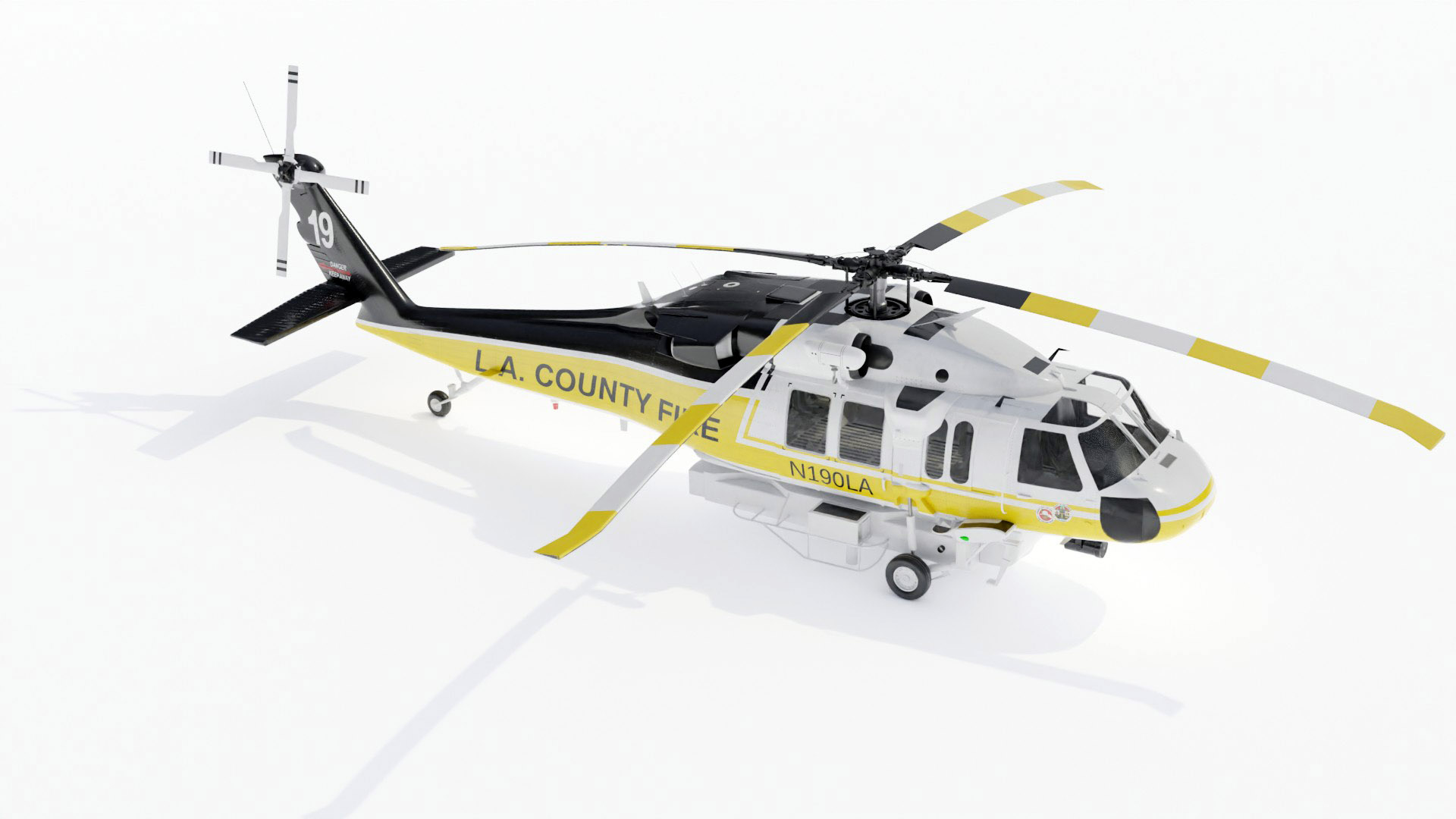Why the Sikorsky S 70 is the Preferred Selection for Modern Helicopter Missions
Why the Sikorsky S 70 is the Preferred Selection for Modern Helicopter Missions
Blog Article
High-Performance Multi-Role Rotorcraft Featuring Advanced Cabin Technologies and Integrated Sensing Unit Equipments
The realm of rotorcraft technology has actually seen significant innovations in recent times, particularly in the realm of high-performance multi-role rotorcraft furnished with sophisticated cabin modern technologies and flawlessly integrated sensing unit systems. In the adhering to conversation, we will check out the advancement of rotorcraft innovation, dive right into the realm of sophisticated cabin developments, and examine the ramifications of integrated sensor systems on the functional versatility and performance of contemporary rotorcraft.
Development of Rotorcraft Innovation
The development of rotorcraft modern technology has been marked by considerable advancements in aerodynamics, materials, and propulsion systems, shaping the capabilities and performance of modern rotorcraft. Wind resistant renovations have actually improved the efficiency and maneuverability of rotorcraft, enabling enhanced speed, dexterity, and stability during trip (sikorsky s 70). Advancements in products, such as using composite materials and progressed alloys, have actually caused lighter yet more powerful rotorcraft structures, enhancing general performance and resilience. Furthermore, advancements in propulsion systems, including more powerful engines and innovative propulsion technologies, have actually enabled rotorcraft to accomplish greater elevations, faster rates, and better hauls.
These advancements have not only changed the capacities of rotorcraft yet have actually also increased their applications throughout different sectors, including army, business, and emergency solutions. The constant evolution of rotorcraft innovation proceeds to drive advancement in the field, pressing the limits of what is possible and shaping the future of upright flight.
Advanced Cabin Innovations
Building upon the fundamental improvements in aerodynamics, materials, and propulsion systems, the world of rotorcraft innovation now moves emphasis in the direction of pioneering Advanced Cabin Innovations. The assimilation of sophisticated innovations within the cockpit atmosphere plays a vital function in boosting the operational capacities, safety and security, and performance of modern rotorcraft. sikorsky s 70. Advanced Cabin Innovations encompass a vast array of features created to supply pilots with enhanced situational understanding, streamlined information monitoring, and instinctive control user interfaces
One of the vital improvements in cabin design is the execution of glass cockpits, which replace standard analog gauges with high-resolution display screens. These digital systems provide adjustable layouts, real-time information assimilation, and improved readability, enabling pilots to gain access to important information at a glance. Advanced avionics systems, such as fly-by-wire controls and increased fact screens, are reinventing exactly how pilots engage with the airplane, allowing for accurate control and enhanced decision-making capabilities.


Including innovative cockpit technologies not just improves pilot performance however likewise adds to overall goal efficiency and safety in complex functional atmospheres. By leveraging cutting edge technologies within the cabin, rotorcraft manufacturers are establishing new criteria for functional excellence and objective success.
Integrated Sensor Solutions
With the advancement of rotorcraft technology, the combination of sophisticated Integrated Sensor Systems has actually become paramount in boosting operational effectiveness and safety and security. These Integrated Sensing unit Solutions incorporate a large range of technologies that give crucial information for different functions such as navigation, security, targeting, and environmental monitoring. By seamlessly integrating sensing units like radars, cameras, lidar, and infrared systems right into rotorcraft, drivers can gain from enhanced situational awareness, boosted mission abilities, and minimized pilot work.
One secret advantage of Integrated Sensor Solutions is their capability to gather real-time information and offer actionable insights to pilots and objective operators. Progressed radar systems can discover and track targets over long distances, allowing for early danger discovery and reliable reaction preparation. Additionally, integrating infrared and electro-optical electronic cameras allows rotorcraft to conduct reconnaissance and surveillance objectives with accuracy and accuracy.
In significance, the assimilation of innovative sensing unit innovations right into rotorcraft not only enhances functional performance yet also contributes significantly to total mission success and team safety. As rotorcraft continue to evolve, the role of Integrated Sensor Solution will undoubtedly continue to be at the center of technology in the aerospace sector.
Functional Adaptability and Performance
Enhancing operational adaptability and performance in rotorcraft is his response an all-natural development from the combination of sophisticated Integrated Sensor Systems. By leveraging the information and understandings given by these innovative sensor systems, rotorcraft can maximize their performance across numerous missions and atmospheres.
Functional convenience includes the capability of rotorcraft to adapt to different duties and scenarios successfully. With sophisticated cabin technologies and incorporated sensing unit systems, rotorcraft can effortlessly transition between jobs such as search and rescue, clinical emptying, monitoring, and a lot more. This adaptability improves the rotorcraft's capability to fulfill varied operational requirements without calling for considerable reconfiguration.
Effectiveness in rotorcraft procedures is essential for making the most of goal efficiency and resource application. Integrated sensor systems play a critical function in improving functional effectiveness by providing real-time data on weather conditions, terrain mapping, target monitoring, and visit this page more. This data makes it possible for pilots to make enlightened decisions quickly, maximize trip paths, preserve fuel, and improve general mission efficiency.
Influence On Modern Aviation Operations

Furthermore, the assimilation of sophisticated sensing units assists in improved mission preparation and execution, allowing rotorcraft to carry out a large range of tasks with boosted accuracy. From search and rescue procedures to airborne firefighting and police pop over to this site missions, the capabilities of modern rotorcraft geared up with advanced cabin modern technologies and incorporated sensing unit systems are unparalleled.
In addition, the influence of these developments extends beyond functional efficiency to cost-effectiveness and sustainability. By optimizing trip courses, fuel consumption, and upkeep schedules, high-performance rotorcraft equipped with innovative cabin technologies and sensors contribute to reducing operational expenses and environmental influence, making them essential possessions in contemporary air travel operations.
Conclusion
In conclusion, the high-performance multi-role rotorcraft with sophisticated cabin technologies and incorporated sensing unit systems stands for a substantial advancement in aeronautics technology. These developments boost functional adaptability and effectiveness, inevitably influencing modern aviation operations in a positive method. The combination of these sophisticated technologies allows for boosted abilities and performance in different objective circumstances, showcasing the continued innovation of rotorcraft modern technology in the air travel market.
The world of rotorcraft innovation has seen noteworthy innovations in recent times, particularly in the world of high-performance multi-role rotorcraft equipped with sophisticated cabin innovations and flawlessly incorporated sensing unit systems. From enhanced goal convenience to boosted functional effectiveness, the merging of sophisticated cockpit technologies and integrated sensing unit systems has ushered in a brand-new age of opportunities for rotorcraft applications. In the following conversation, we will certainly explore the development of rotorcraft modern technology, dig into the realm of sophisticated cabin advancements, and examine the ramifications of integrated sensor systems on the functional versatility and efficiency of modern rotorcraft.

Report this page